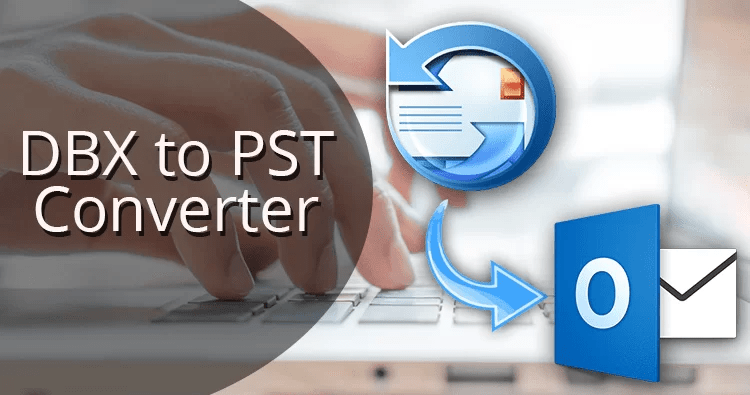Manual Steps: Export Outlook Express DBX Mails to MS Outlook
Always make a backup of your DBX files before continuing to avoid losing any important information. Move all of the Outlook Express data PST Format to a safe place.
- Set up Outlook Express on a Windows 7 or older computer: Outlook Express is not native to Windows 7 or previous versions of the operating system; therefore, you will need to install it. The Windows Features menu is where you can accomplish this.
- Outlook Express DBX File Import: Utilize the import function of Outlook Express to import the DBX files. Choose Microsoft Outlook Express from the File > Import > Messages menu, then pick the folders you wish to import.
- Install Outlook: Install Outlook if it isn’t already installed on your computer. As you proceed with the next steps, make sure it is not operating.
- Use the Import Wizard in Outlook: Select File > Open & Export > Import/Export after opening Outlook. To finish the import, pick “Outlook Express,” choose “Import from another program or file,” and then follow the wizard’s instructions.
Why Users Choose a Professional Method?
While the manual method is to be had, customers frequently choose professional tools for several reasons. Manual steps might be bulky, prone to errors, and time-consuming, especially when coping with a large range of emails or complex folder structures.
Professional tools offer a consumer-friendly interface, ensuring a smoother and more environmentally friendly conversion system. They additionally provide extra capabilities like selective migration, retaining folder hierarchy, and handling attachments more successfully.
Professional Method: Export OE DBX Emails to MS Outlook
One such tool, GainTools DBX to PST Converter, is safe and the best software to use, designed especially for converting Outlook Express DBX files to PST format. It simplifies the process, removing the need for multiple manual steps. Users can easily navigate the intuitive interface, pick out the preferred DBX files or folders, and initiate the conversion with only a few clicks.
Advantages of the Automatic Method:
- Efficiency and Speed: Professional gear automates the conversion procedure, substantially decreasing the time and effort required in comparison to guide strategies. They take care of large datasets effectively.
- Data Integrity: Automated gear makes sure information integrity is maintained at some stage in the conversion, minimizing the risk of statistical loss or corruption.
- User-Friendly Interface: This equipment includes a user-friendly interface, making it available to customers with various technical know-how. The steps are frequently truthful and require minimal consumer intervention.
- Selective Conversion: Users can select precise folders or objects for conversion, offering flexibility and manipulation over the technique. The software easily exports OE DBX Files to MS Outlook PST format.
Steps of the Professional Method:
- Download and Install: Download and install the DBX to PST Converter on your device.
- Select DBX Files: Launch the device and select the DBX files or folders you need to convert.
- Preview and Confirm: Preview the chosen items to ensure accuracy. Confirm your choice.
- Choose Output Format: Select PST as the output format for the conversion.
- Initiate Conversion: Click the “Convert” button to start the conversion process. The tool will handle the rest mechanically.
Last Words,
Opting for a professional tool to convert DBX to PST brings performance and reliability to the technique. It streamlines the conversion, ensuring a seamless transition of your Outlook Express data to the PST layout used by Outlook. The DBX to PST Converter noted right here stands out for its simplicity, velocity, and capacity to maintain factual integrity throughout the conversion. Whether you’re a novice or an experienced person, leveraging such specialized tools could make the migration system a trouble-free experience, allowing you to be cognizant of your paintings as opposed to dealing with difficult manual steps.



